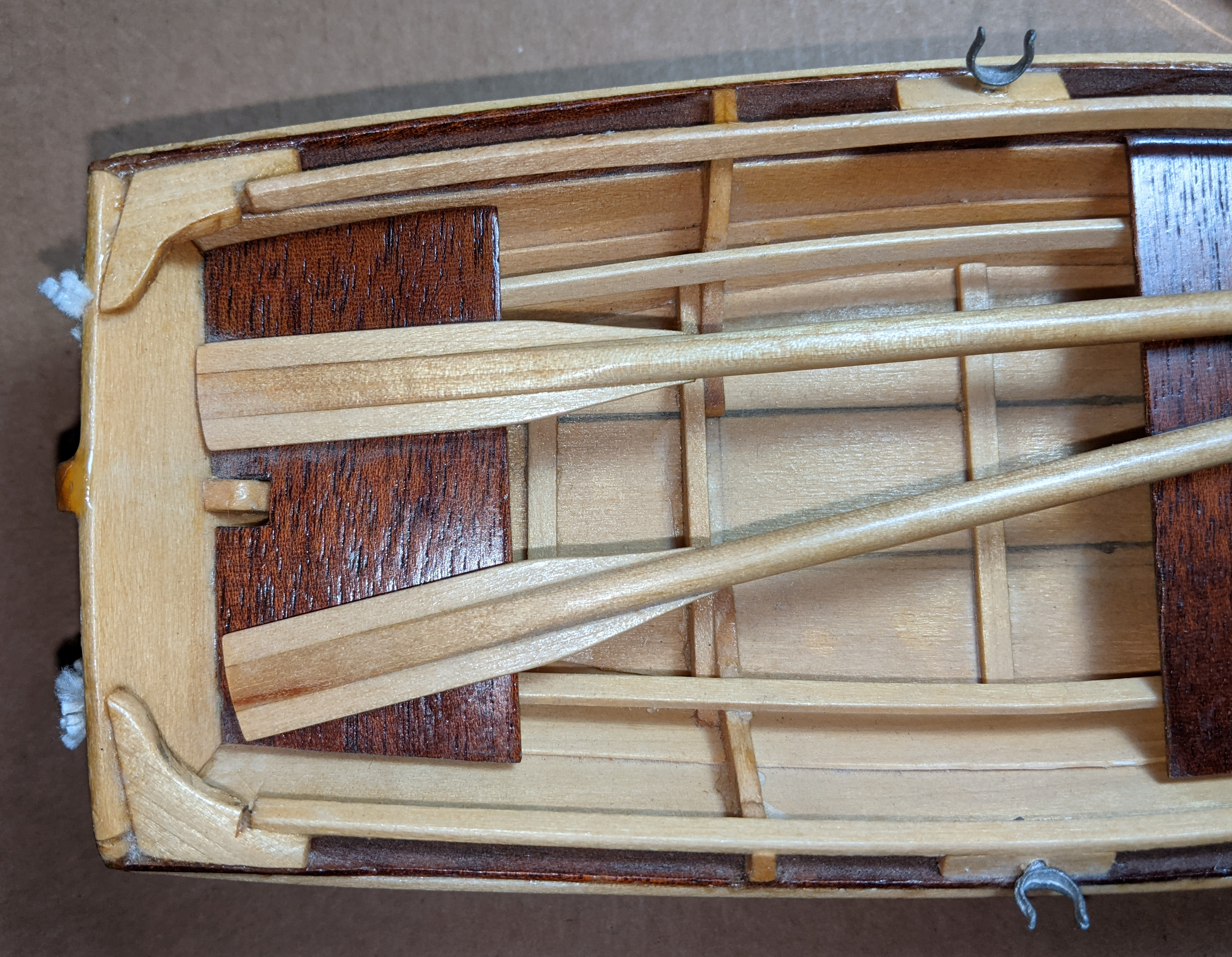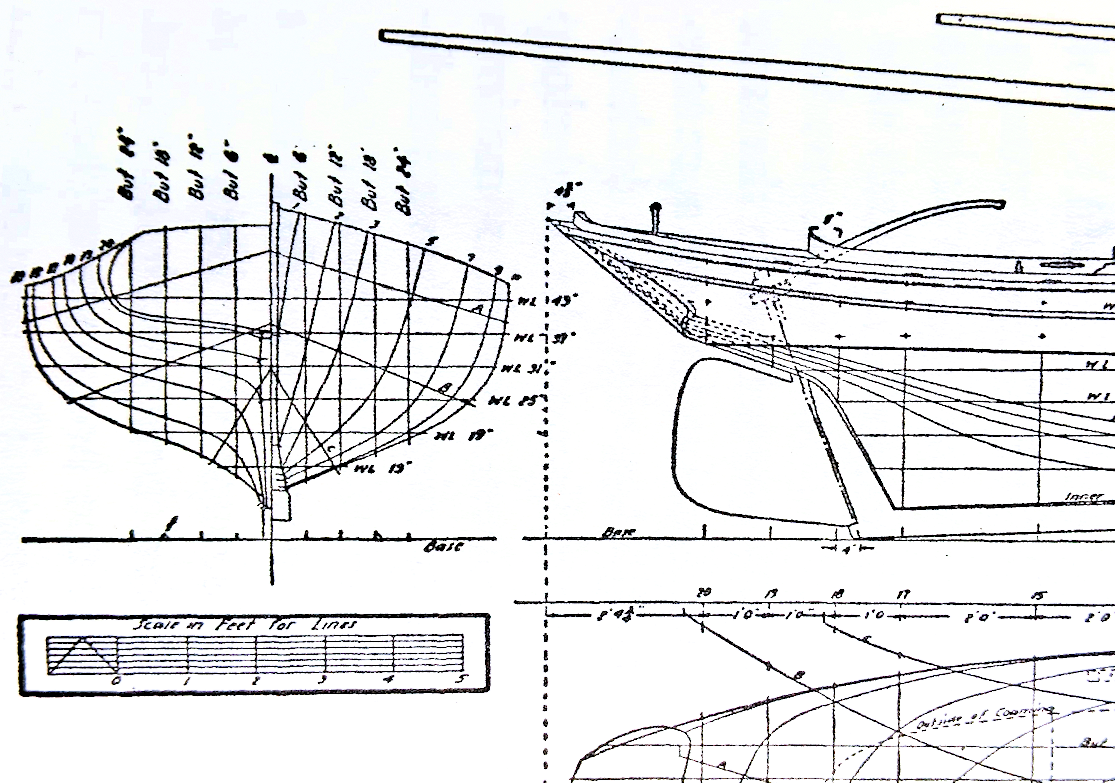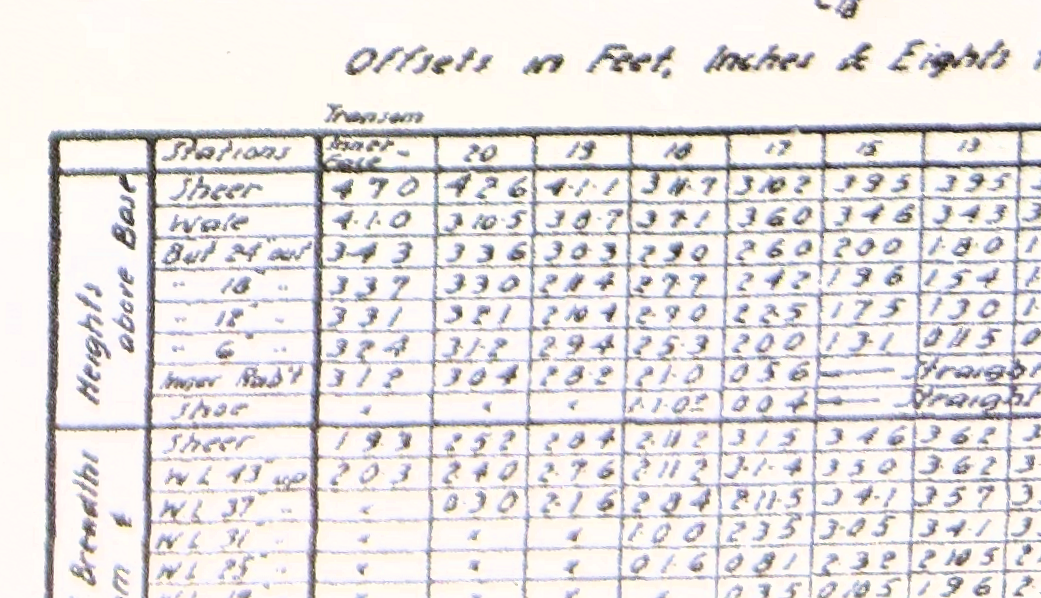-
Posts
907 -
Joined
-
Last visited
Content Type
Profiles
Forums
Gallery
Events
Everything posted by robert952
-
Hopping on board to follow along.
- 38 replies
-
- 18th Century Longboat
- Model Shipways
-
(and 1 more)
Tagged with:
-
Thanks for the detailed log. You have a great build here with this gem.
- 86 replies
-
- Model Shipways
- Norwegian Sailing Pram
- (and 3 more)
-
Thanks. I plan on using acrylics. I want catch all 'overspray' since I will be using inside a room. Great video, thanks for the link.
- 133 replies
-
- Ranger
- vanguard models
-
(and 1 more)
Tagged with:
-
First, thanks for the build log and details. Great progress and commentary. One of the great things about these build logs comes from seeing different aspects of the modeler's setup. For example, they're workbench setup. I looked again at your paint booth set up (post 73 edited June 5). The hose goes into a bucket in what looks like a piece of filter paper. Is that correct? Do you have a top for the bucket with a center hole for the vent and some smaller holes in the top, hence the dark spots that we see? The filter would cover the holes, it appears. I am looking at a similar set up since the temperature in my garage varies so much (like up to 100 degrees this week) and I need to bring my painting operation into a more controlled environment. Thanks for taking a side trip in your build to answer these questions.
- 133 replies
-
- Ranger
- vanguard models
-
(and 1 more)
Tagged with:
-
Nice model. Superbly executed.
- 34 replies
-
- muscongus bay lobster smack
- Model Shipways
-
(and 1 more)
Tagged with:
-
Welcome to the wooden side of modeling. Looking good. Following along to watch the progress.
- 33 replies
-
- Model Shipways
- 18th Century Armed Longboat
-
(and 1 more)
Tagged with:
-
Looks good! Thanks for sharing your adventure of this build.
- 54 replies
-
- norwegian sailing pram
- model shipways
-
(and 1 more)
Tagged with:
-
Not sure how I overlooked this build. Jumping on board. Nice work and looks to this boat.
- 90 replies
-
- Friendship Sloop
- bluejacket shipcrafters
-
(and 1 more)
Tagged with:
-
I keep forgetting to mention this. Olha Batchvarov is posting a complete video build log on this model. Recent post is number 32 from a day ago. I 'scanned' (as in fast forwarded through) a couple of them. Look great. Not sure what the colaboration efforts were but Model Expo ran a deal (aren't they always?) on the model and promoting her doing the video log. Most of the videos are 2 hours (one is over 3). Easy to search for since not a lot of YouTubers post 'Muscongus Bay build' for the subject. (A lot of videos to look through if you go the her YouTube channel.) Definitely in my notes to review more when I dig down into my stash and work on this model.
-
I have Chapelle's book. I used this book for my current project of the peapod. As stated, the book is a wealth of information on smaller craft. The pics are small as you suspect. The image @Dee_Dee posted above is 9" X 6" as a full page image in the book. Here's how I used the drawings in the book. I took pictures of the pages and drawings using my cell phone (Google Pixel 3a XL. Any camera will do, obviously.) I made sure I lit the image up and held the page flat as possible. I find a photo works better than scanning the page. It gives more options to tweak the results at higher resolutions over a scanner. Here's details from a shot of the same image in Chapelle's book I took today. I tweaked it using a photo editor: 'faked' the white balance; played with brightness and contrast. I had to straighten it along a horizontal line. (I can hold hold the camera steady or I can do straight...can't do both apparently). It's a bit of trial and error to get the results you want. The photo editor I use is PaintShop Pro. You can use GIMP (free downloadable software) and, of course, Photoshop. While the numbers are a bit smudged, they are readable for the most part or you can at least take a good SWAG at the numbers. With the scale on the image you have a decent chance at measuring details. And it is not any worse than some drawings I have seen. BTW, this a reduction of 50% of my original image. I wanted to show a larger area of the page and not have the website reduce the image much. Here's details of the offset table to show the detail at full size of the image (assuming only a small amount of reduction by the website. This was at the edge of the photographed area and not as evenly lit but you can see the numbers are readable. (And easier than using a magnifying glass.) Just an option on using a resource with decent line plans.
-
Congrats on completing a nice looking model. And a big thank you for taking the time to put details in your build log. I know I pick up a tidbit or two from reading them. I know it takes quite a bit of extra work to put these logs together. Your work on the log and allowing us to share your adventure are greatly appreciated.
- 55 replies
-
- Norwegian Sailing Pram
- Model Shipways
-
(and 2 more)
Tagged with:
-
From various posts and articles, my take is it helps to stiffen and shape the sales, particularly if you want them unfurled and show the sail full of wind. I also recall reading that you can mix color in with the PVA to put a tint onto the cloth since some material is too white.
-
Great looking model. Congrats on completion.
- 16 replies
-
- dory
- Model Shipways
-
(and 2 more)
Tagged with:
-
Thanks for sharing this. Interesting. I had lost track (well, quit following) the rebuilt after the fire. Glad the Cutty Sark is looking good.
-
I love seeing the use of LEGO blocks (or similar). Their precision seems a big advantage. I wonder if I can talk my grandson out of a few of his LEGOs.
- 167 replies
-
- Norwegian Sailing Pram
- Model Shipways
-
(and 1 more)
Tagged with:
-
The decision to weathering a model becomes one of the many facets each modeler looks at when deciding on a build and how to approach it. Example, as you appear to have done, I've read posts on the subject of weathering copper. My personal taste when looking at a model with bright copper hull plating it's too shiny. I haven't done a model with coppering, but I feel I would tone down the copper with some form of weathering. Similar with rigging and sails and part of the look of sails. I think some of that 'weathering' comes from a matter of making sails that look to scale and possibly effect how much details the modeler wants in the sails. Pristine sails don't stay pristine for long. So a little weathering would still be an accurate "as built" representation. Weathering does provide one thing a lot of modelers want to do: differentiate thier build by others of the same ship. Again, a aspect of the hobby that varies from one modeler to the next. Additionally, as you point out, weathering models (wood or plastic) requires a set of skills that have to be developed and honed. Some builders want to learn new skills and may look at weathering. Bottom line: What does the modeler want to accomplish? What challenges is the modeler willing to tackle? What interests in a given ship or subject does the modeler have? I think the answer to these questions determines how much (or little) weathering is done. As for your current build, take the weathering to whatever level you want. There is not a right or wrong answer. And, I can't say I have ever found adefined 'tradition' that directs how to build. The decision on your current build is up to you. I this all gives you answers some of your questions.
About us
Modelshipworld - Advancing Ship Modeling through Research
SSL Secured
Your security is important for us so this Website is SSL-Secured
NRG Mailing Address
Nautical Research Guild
237 South Lincoln Street
Westmont IL, 60559-1917
Model Ship World ® and the MSW logo are Registered Trademarks, and belong to the Nautical Research Guild (United States Patent and Trademark Office: No. 6,929,264 & No. 6,929,274, registered Dec. 20, 2022)
Helpful Links
About the NRG
If you enjoy building ship models that are historically accurate as well as beautiful, then The Nautical Research Guild (NRG) is just right for you.
The Guild is a non-profit educational organization whose mission is to “Advance Ship Modeling Through Research”. We provide support to our members in their efforts to raise the quality of their model ships.
The Nautical Research Guild has published our world-renowned quarterly magazine, The Nautical Research Journal, since 1955. The pages of the Journal are full of articles by accomplished ship modelers who show you how they create those exquisite details on their models, and by maritime historians who show you the correct details to build. The Journal is available in both print and digital editions. Go to the NRG web site (www.thenrg.org) to download a complimentary digital copy of the Journal. The NRG also publishes plan sets, books and compilations of back issues of the Journal and the former Ships in Scale and Model Ship Builder magazines.






